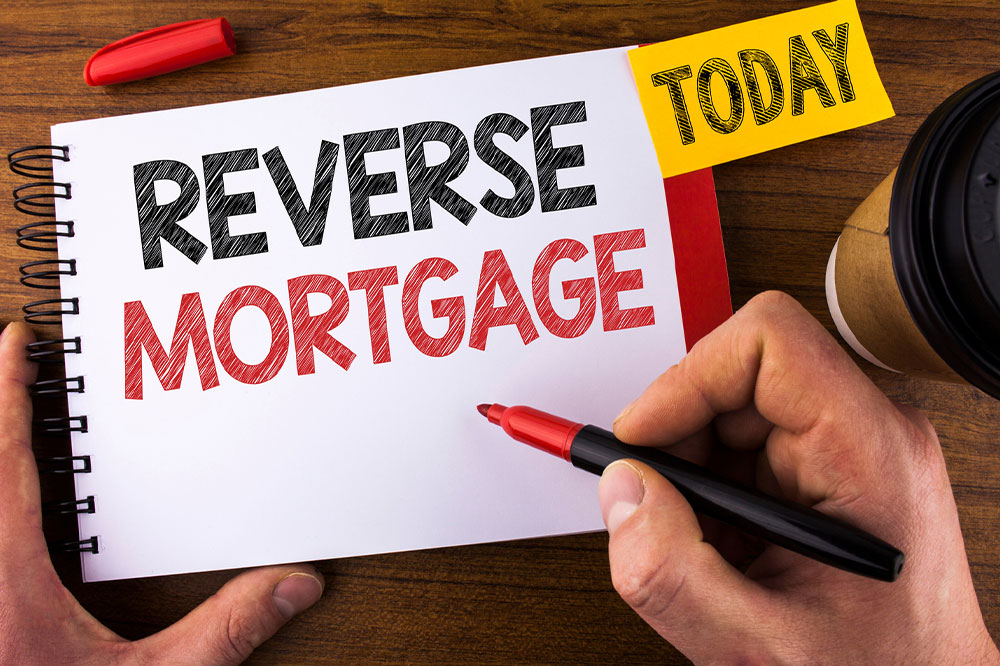Understanding Reverse Mortgages: How Seniors Can Benefit
This article explains reverse mortgages for seniors, detailing how they work, the distribution options, associated risks, and what documentation is needed. It helps homeowners decide if this financial tool aligns with their retirement plans, emphasizing the importance of understanding all aspects before proceeding. Perfect for seniors exploring ways to utilize home equity to support their retirement living expenses.
Sponsored

What is a reverse mortgage and how does it function?
Reverse mortgages are loans designed for homeowners aged 62 and above, allowing them to convert part of their home's equity into cash without monthly repayments. Unlike traditional loans where payments are made to the lender, here, the lender makes payments to the homeowner. This financial product is tailored for seniors with limited income, helping cover living expenses and healthcare costs. The homeowner retains ownership, and repayment is only due when the house is sold or vacated. Online reverse mortgage calculators can assist in planning and understanding potential borrowing limits.
The amount of funds accessible depends on factors like the homeowner's age, interest rates, and property value. Borrowers should also allocate part of the proceeds for taxes and insurance. Repayment is deferred until the property is sold or the last borrower leaves the home.
How reverse mortgages function for seniors
A reverse mortgage is a loan secured by your home, which acts as collateral.
In contrast to traditional mortgages, no monthly payments are required; the loan balance increases over time.
The borrower's home equity determines the loan amount, influenced by age, rates, and home value.
Additional funds may be necessary to cover property taxes and insurance costs.
Distributing the funds
Borrowers can receive funds through various options:
A line of credit, allowing drawdowns up to an approved limit.
A combination of a fixed monthly payment and credit line, known as a modified tenure plan.
A set period of monthly payments, called a modified term plan.
Monthly payments for as long as at least one borrower remains in the home, called a tenure plan.
A lump sum paid at closing.
Potential risks of reverse mortgages
Using home equity reduces the inheritance available to heirs.
Property value and the estate could decrease as loan balance accrues interest.
While Social Security and Medicare are unaffected, programs like Medicaid may be impacted.
Family discussions are essential before proceeding with a reverse mortgage.
Required documentation for reverse mortgage applications
Driver’s license copy
Social Security card
Homeowner’s insurance declarations
Power of attorney, if applicable
Mortgage statement, if applicable
Trust documentation, if property is held in trust
Court-appointed conservator documents, if relevant
Bankruptcy discharge papers, if applicable
Is a reverse mortgage right for you?
If you plan to stay in your home long-term and want to leverage your equity for regular income or a credit line, a reverse mortgage can be advantageous.
For short-term financial needs, other options may be more suitable.






